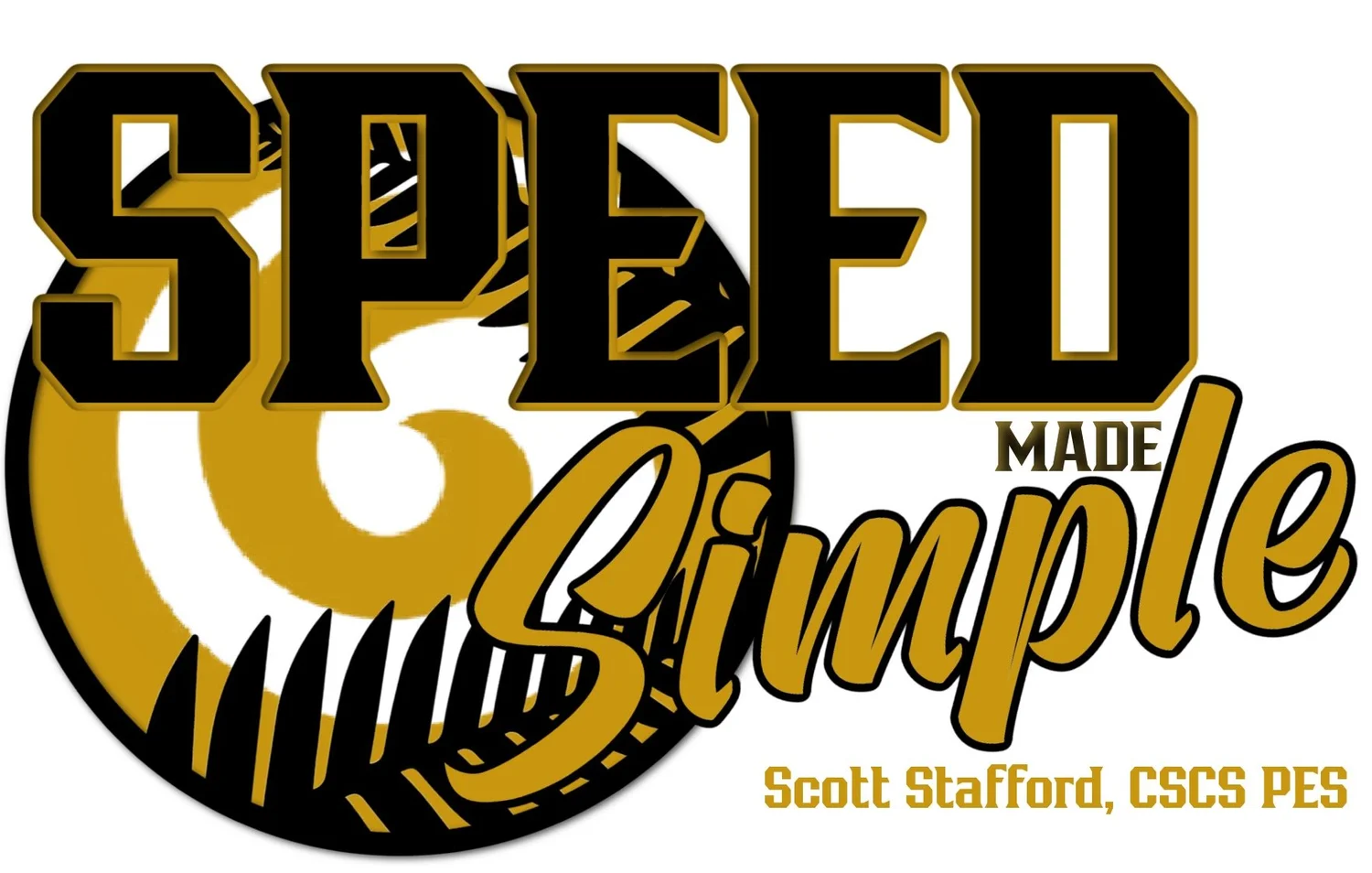sprint training: where do i start?
We all start somewhere. I think there’s a famous Chinese proverb that goes something like “A journey of 1000 miles begins with the first step”. Or something like that. Anyway, it’s meaning is meant to inspire us to get started no matter the daunting goal. Regardless your end goal in sprinting; just start!
That being said, and me being somewhat of a professional at this, I should say to start slow and easy.
I’ve talked previously about allowing tissue changes (muscles and soft tissue within the lower limbs especially) to occur slowly (This is called Davis’ Law - its a real scientific principle!). So, if you haven’t sprinted before or you haven’t sprinted in a while, then listen up. Take your time building up effort (intensity) and distance (volume) or your body will revolt. By revolt, I mean get injured. Your sprinting career will be curtailed after only 2-3 sessions. No body wants that.
So what should it look like? How about instead of just writing about it, I show you how I would write an early program?
Phase 1 Sprint Training Example
Warm up (10-15 mins): This would include dynamic movements starting from less intense to more intense as the warm up progressed. I also put some dynamic hip and lower limb mobility drills in here and finish with some low intensity accelerations. Think of a warm up as movement prep for the upcoming training. It’s ok to sweat and breathe a little harder in a warm up! In fact, if my athletes aren’t doing this during - or post -warm up, then one of us has it wrong. I’ll also place my plyometrics (jumping, hopping, bounding) and ballistics (Med ball throws) in here as well.
Skill Based Drills (5-10 mins): I’ll put this in if the athlete needs some sprint skill development (i.e. I watch them sprint and their arms or legs are wildly out of synch). Otherwise I’ll leave this and just let them sprint. Sometimes as trainers we try to make all sprinters look like some mechanical ideal when in reality the human body is unique and actually pretty amazing at working things out on its own. Some of the fastest athletes I’ve trained look nothing like this ideal. This is not to say technique isn’t important; it definitely is.
Just fix what needs to be fixed and move on. If you feel like you could use some skill development then look up things like A Marching, A Skip, B Skip etc. and add them in here.
Acceleration / Max Velocity Work: Early on this is simply working on what we call hard starts (Starting from a position with no momentum) to soft starts (carry momentum into the sprint). So it would look like this:
Hard starts: Push up Position (Tall Plank) 4 (2 per leg) x 10yd acceleration @ 70-75% of max (walk back recovery/30s rest between)
Rest 90s between sets
Repeat
Soft starts: Walk-in 5yd to 10yd sprint x 3 @ 70-75% (rest as above)
Rest 90s between sets
Repeat
TOTAL VOLUME: 140 Yards
Good Cool Down and Stretch (5-10 mins)
That right there is the ‘meat’ of the program. Lower intensity (you’re only sprinting at 70-75% of your max) and lower volume (you’re only sprinting 10 yards at a time for a total of 140 yards) for the first couple of weeks. I’ll vary the start positions and gradually ramp up the intensity and volume over the coming weeks.
There you have it. It’s so simple, it’s brilliant. Most people, unfortunately, come in to sprinting too ‘hot’. Meaning, they’re trying to ramp up too quickly and they never give their bodies a chance to adapt. Sprinting is an extremely stressful stimulus for the body (and why it’s the King of plyometric exercises) So start slow, build it up and watch your goals become reality!
Remember: Zombies are real. Don’t be dinner.

